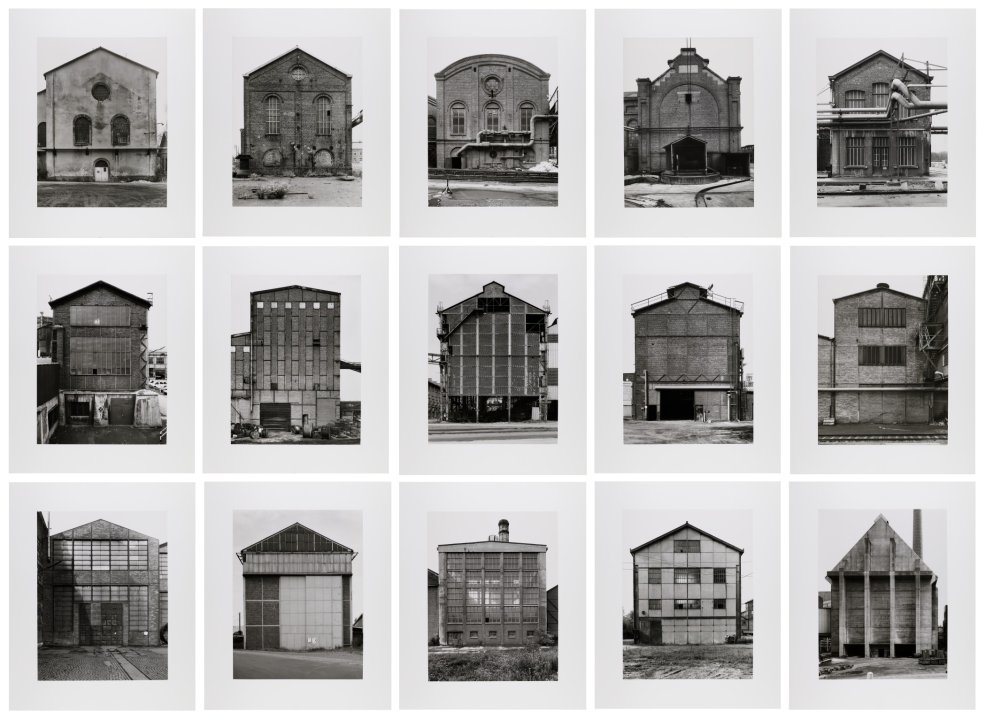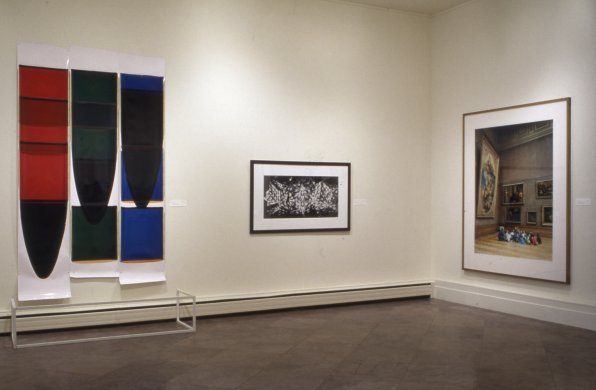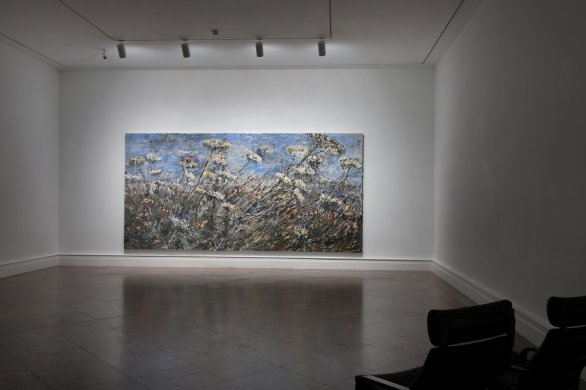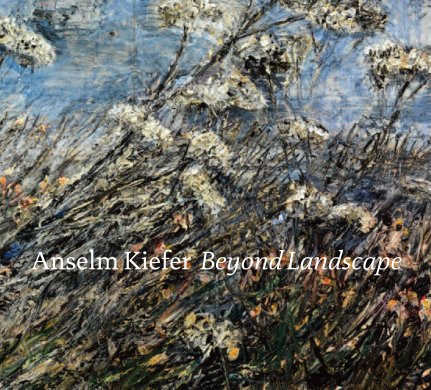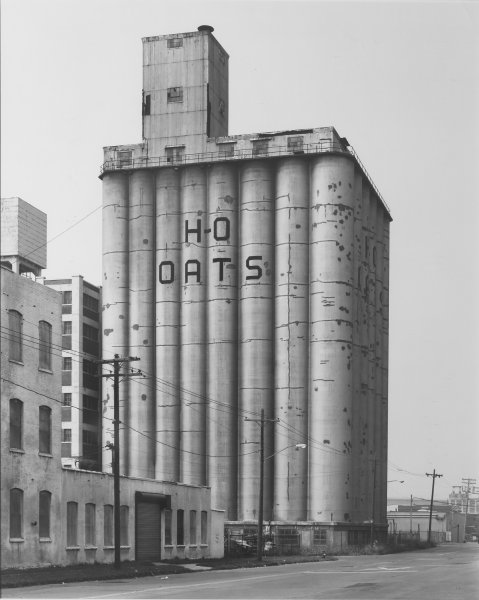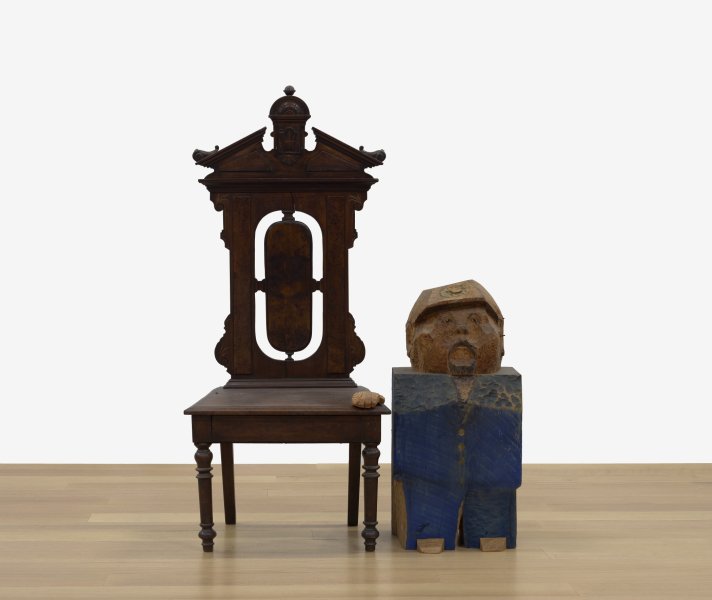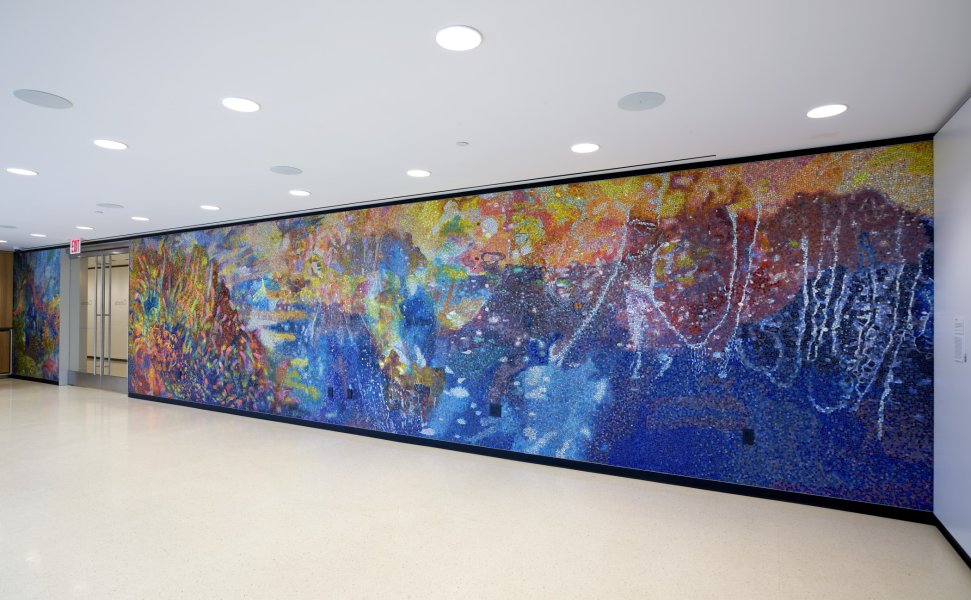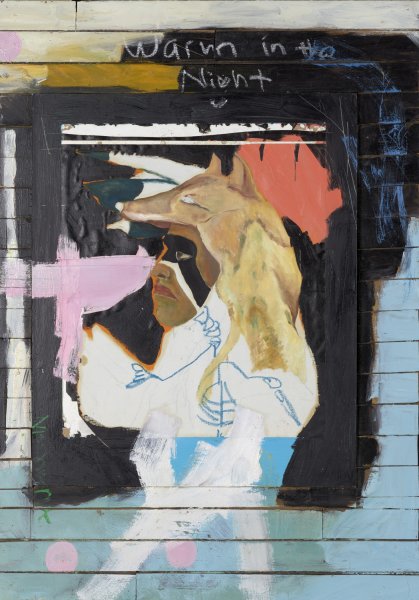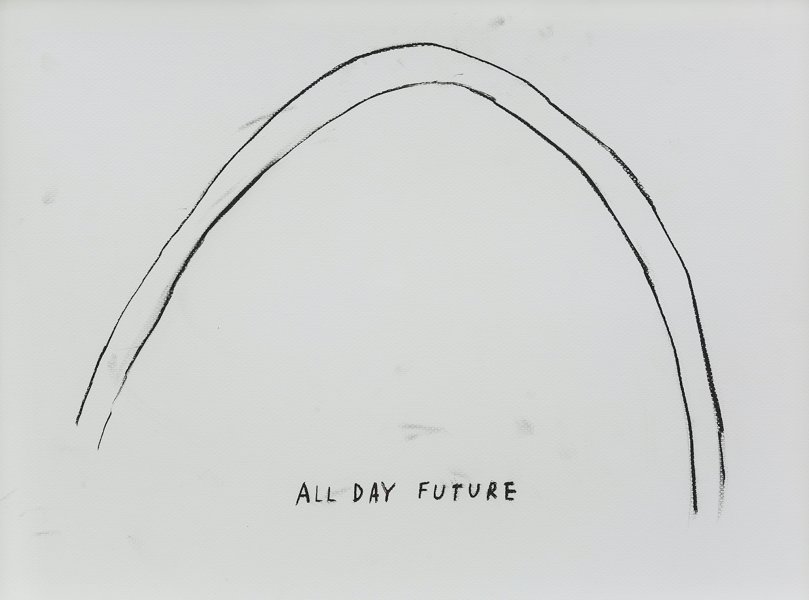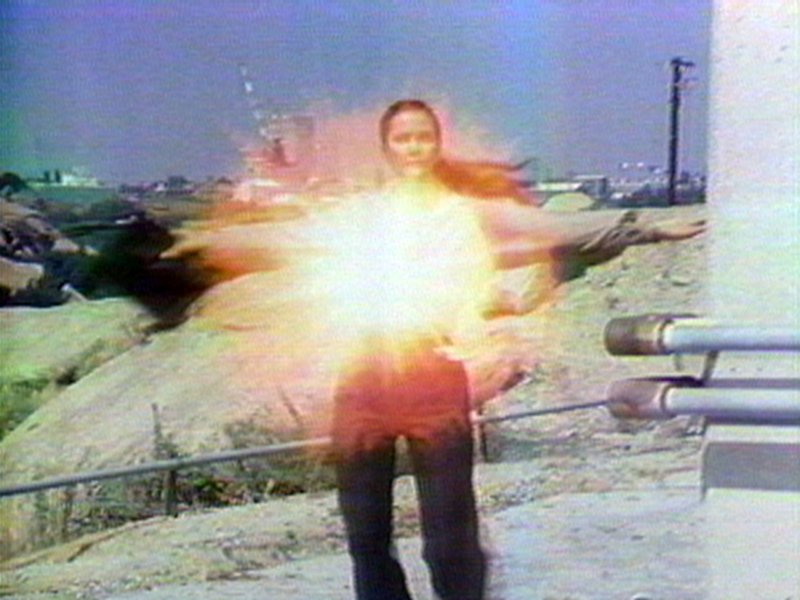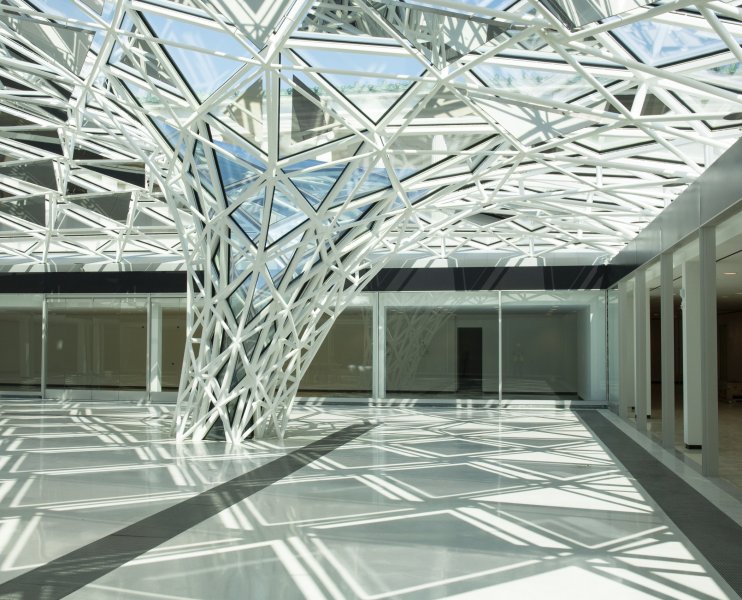Bernd and Hilla Becher
German, active 1959-2007
Industrial Facades, 1970-1992
Artwork Details
Currently on View
Materials
fifteen gelatin silver prints
Measurements
overall (installed as a group): 68 3/4 x 95 inches (174.63 x 241.3 cm)
Collection Buffalo AKG Art Museum
Credit
Sarah Norton Goodyear Fund, 1995
Accession ID
P1995:12a-o
In 1959, Bernd and Hilla Becher began documenting nineteenth- and twentieth-century industrial and domestic architecture, including water towers, grain elevators, and framework houses. At each site they took aerial photographs of the surrounding landscape to show the structures in context. They then photographed each building in a straightforward manner, purposefully eliminating any extraneous aesthetic information. The Bechers organized their photographs into grid-like systems of classification they called typologies, arranged according to the type of architecture and its numerous iterations. They felt this method allowed for subtle comparison between objects and framed their work as a type of “industrial archaeology.”
The first half of the twentieth century saw the rise of purposefully subjective photographs of the post–World War II landscape and the booming suburban and industrial sprawl that began to take root in the 1950s throughout Europe and the United States. In response to this trend, the Bechers stated, “We don’t agree with the depiction of buildings in the 1920s and 1930s. Things were seen either from above or below which tended to monumentalize the object. This was exploited in terms of a socialistic view—a fresh view of the world, a new man, a new beginning.” The artists’ introduction of formal systems of classification aided in the expression of their sociopolitical views—views that were in direct response to the preexisting documentation of such sites of sprawl.
Label from Anselm Kiefer: Beyond Landscape, November 17, 2013–October 5, 2014
